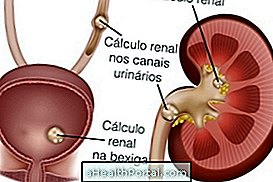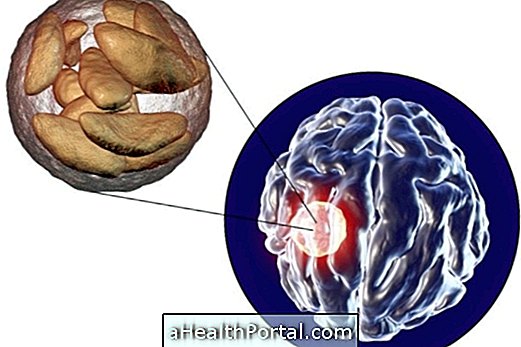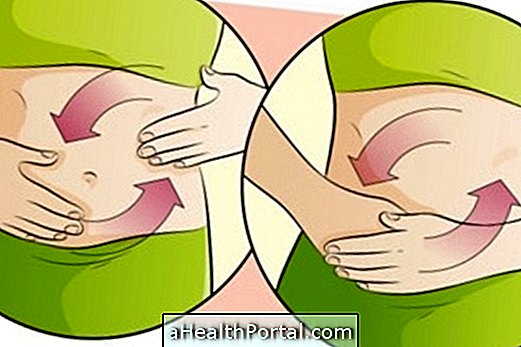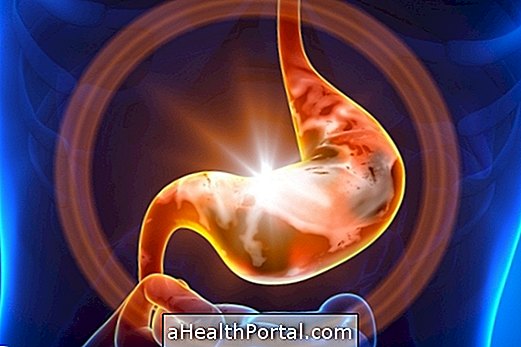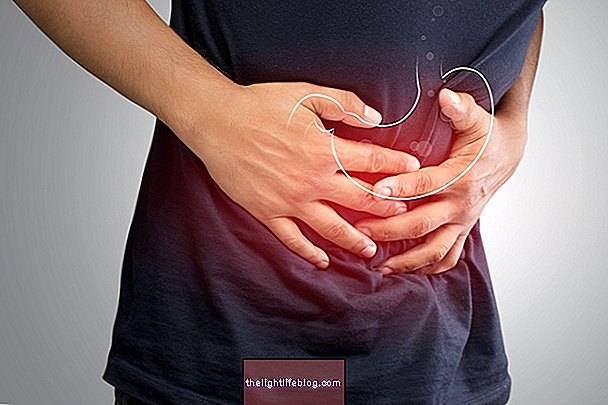The lower uterus is characterized by the proximity between the uterus and the vaginal canal, which can lead to some symptoms, such as difficulty urinating, frequent discharge and pain during intercourse, for example.
The main cause of the lower uterus is uterine prolapse, in which the muscles supporting the uterus weaken, causing the organ to descend. Uterine prolapse occurs most easily in older women and in those who have had several normal births or are in menopause.
The lower uterus must be diagnosed by the gynecologist and be treated according to the severity, especially in the pregnant women, since it can cause difficulty walking, constipation and even abortion.

Symptoms of low uterus
The symptom usually associated with the lower uterus is pain in the lower back, but there may also be other symptoms such as:
- Difficulty in urinating or defecating;
- Difficulty walking;
- Pain during intercourse;
- Prominence of the vagina;
- Frequent discharge;
- Sensation that something is coming out of the vagina.
Diagnosis of the lower uterus is done by the gynecologist through transvaginal ultrasound or intimate touch, which can also be done by the woman according to the doctor's guidance.
It is important to go to the gynecologist as soon as the symptoms are noticed, as the lower uterus facilitates the occurrence of urinary infections and increases the chance of contracting the HPV virus.
Low cervix in pregnancy
The cervix may be lowered during pregnancy and is normal when this happens on the last days of gestation to facilitate delivery. However, if the uterus goes down too much, it can put pressure on other organs such as the vagina, rectum, ovary, or bladder, causing symptoms such as excessive discharge, constipation, difficulty walking, increased urination, and even miscarriage. That is why it is important to perform the prenatal care, so that the exact position of the cervix can be known, and medical follow-up. Know the symptoms of pregnancy.
In addition, it is normal for the cervix to be low and hard before giving birth, which is for the purpose of supporting the weight and preventing the baby from leaving early.
Main causes
The main causes of low uterus are:
- Uterine prolapse: This is the main cause of low uterus and is due to the weakening of the muscles that support the uterus, causing it to descend. This weakening usually occurs in older women, but can occur in women who are menopausal or pregnant. Understand what uterine prolapse is and how to treat it.
- Menstrual cycle: It is normal to lower the cervix during the menstrual cycle, especially during the period when the woman is not ovulating.
- Hernias: The presence of abdominal hernias can also lead to the lower uterus. Learn how to identify and treat abdominal hernia.
The lower uterus may interfere with the placement of the Uterine Intrauterine Device (IUD), for example, and the obstetrician should advise the use of another contraceptive method. In addition, there may be pain during sexual intercourse, which may have other causes beyond the lower uterus and should be investigated by the physician. Learn what can be and how to treat pain during intercourse.
How is the treatment done?
Treatment for low uterine cervix is done according to the severity of the symptoms and may indicate the use of medications, performing surgery to repair or withdraw the uterus or practice exercises to strengthen the pelvic muscles, Kegel. Learn how to practice Kegel exercises.
